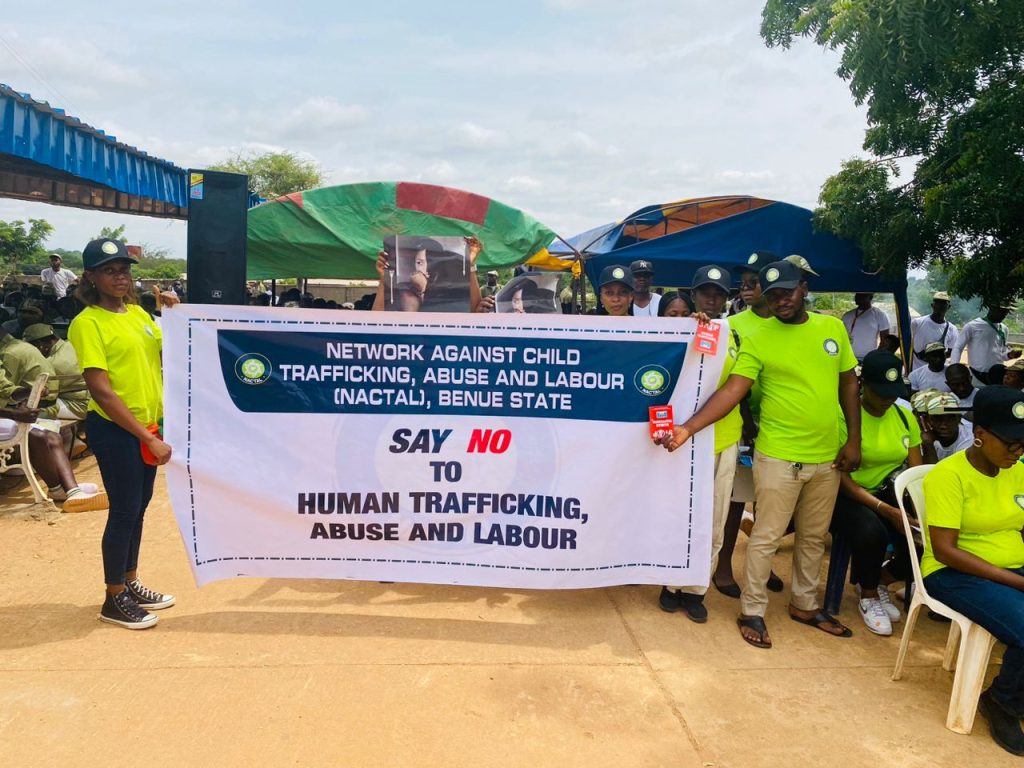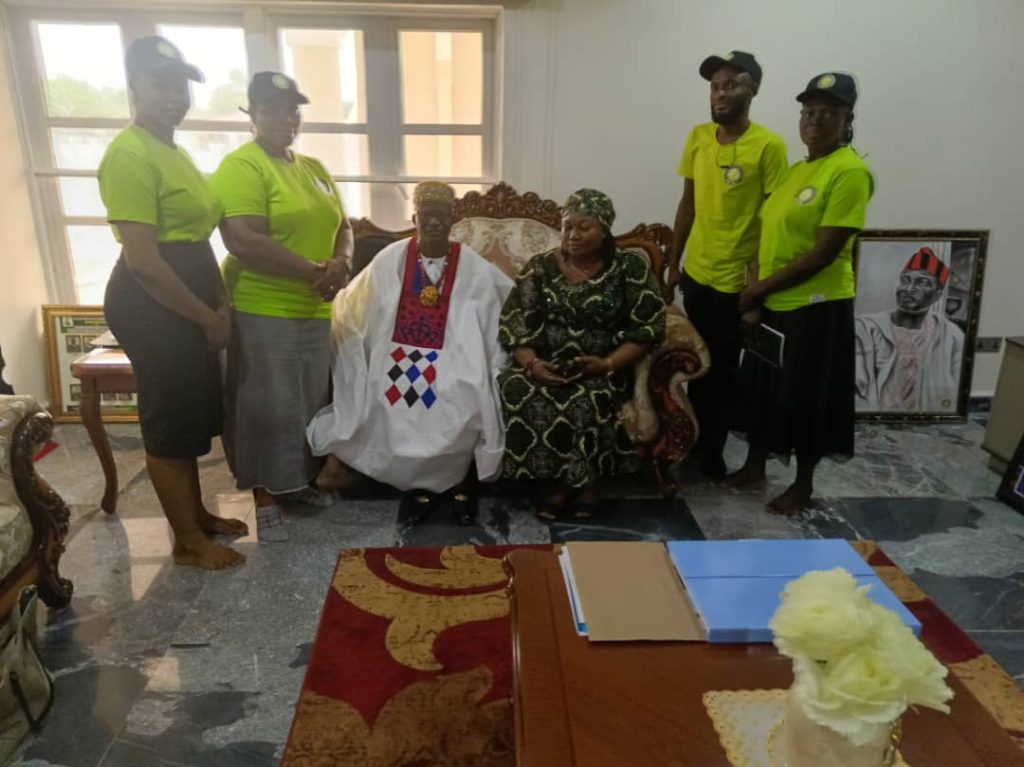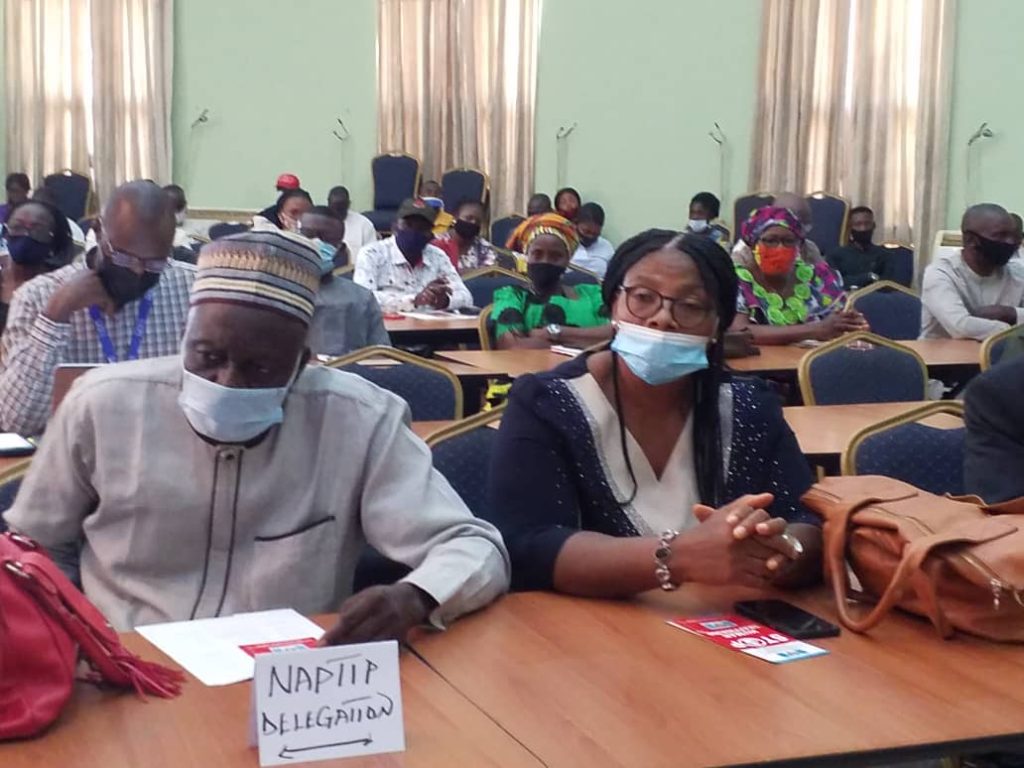Human Trafficking
Human Trafficking is a complex crime that impacts thousands of people in the United States every year. Anyone can be a victim of human trafficking, regardless of their age, gender, race, ethnicity, or nationality. However, some people are more vulnerable than others and traffickers use their vulnerabilities to take advantage of them.
Anyone can be a trafficker, regardless of their age, gender, race, ethnicity, nationality, or connection to their victim. Many people believe that traffickers are strangers to their victims but this is often not true. The reality is that most victims of trafficking know the person exploiting them. Traffickers can be family members, intimate partners, employers, or other familiar or trusted individuals. They use complex physical and emotional tactics, power, wealth, or privilege to control and abuse others.
At RESPACFO, we respond to human trafficking as it happens and are building a more survivor-centered and equity-driven anti-trafficking movement. We work with survivor-led organizations, support-providers, state and federal policymakers, big businesses, and law enforcement to drive change where it is most impactful: the systems that allow human trafficking to persist. We work to prevent trafficking before it happens and support survivors in becoming thrivers.

CAMPAIGNS AND PUBLIC ENGAGEMENT
To end human trafficking, our communities, policymakers, and anti-trafficking allies must all have the tools and information needed to advocate for long-term solutions. we provide opportunities for everyone to get involved in the fight against human trafficking. From our human trafficking trainings to our public calls to action, use our resources to learn more about human trafficking and what you can do to help.

Advocacy
The Advocacy Initiative advances the health care response to trafficking by working to improve public policies and support anti-trafficking efforts at the local, regional, national, and international levels.
Trafficking strives to remain a place in the anti-trafficking field where people with differing positions can come together and create positive change. As an organization grounded in health concepts and methods, we currently do not take a stand for or against decriminalization of commercial sex work as we continue to review evidence around prevention and harm reduction strategies.

Linkages
The fight against trafficking benefits from the multi-pronged efforts of non-profit organizations, government divisions, and academic centers. These groups work on local, national, and international levels to support and protect trafficking survivors. Together, they form linkages that connect and strengthen the RESPACFO network and anti-trafficking efforts around the world.
We cannot end this one person, one survivor at a time. But with your help, we can target the systems that make human trafficking possible.
What is Human Trafficking?
Human trafficking is an international Crime. Human trafficking is the use of force, fraud, or coercion to obtain some type of labor or commercial sex act. Force, fraud, and coercion can be physical or psychological and involves, lies, tricks, threats, manipulation, and violence.
Definitions and Examples:
- Coercion: forcing some to do something they would not normally do. For example, Some traffickers tell victims that they will kill or seriously harm them and their loved ones if they don’t do what they say or if they tell anyone about what is happening to them.
- Force: physically harming or restraining a victim. For example, some traffickers harm victims to keep them from leaving, they may also keep them locked in the house. They may compound these forceful tactics by taking away their mode of transportation or taking away their means of communication.
- Fraud: intentionally lying about or promising someone something without any intention of keeping that promise. Typically this happens so an individual can benefit personally or financially. Some traffickers trick their victims by forming fake relationships with them and making fake promises to them or making, advertising for, and recruiting for false job opportunities.
These examples are not exhaustive and are just a few of many.
Commercial Sexual Exploitation of Children (CSEC)
CSEC is a form of human trafficking that occurs when a child; any person under the age of 18, engages in or is compelled to engage in sexual activity in exchange for something of value, including non-monetary things such as food, shelter, drugs, safety, or protection.
While CSEC is not legally defined by federal statute or case law, several federal criminal provisions can be applied to the conduct that falls within the description of CSEC.
Types of Trafficking
There are two main categories of human trafficking: labor trafficking and sex trafficking. Victims of human trafficking can be victims of sex trafficking, labor trafficking, or both sex and labor trafficking.
Labor Trafficking
Labor trafficking happens when a trafficker coerces, defrauds, or physically forces an individual to perform work or other services against their will, often under inhumane, illegal, or unacceptable conditions. Many victims of labor trafficking may be farmworkers, domestic servants working in homes, or factory workers. However, labor trafficking can happen in any workplace or employment situation in any industry.
Sex Trafficking:
Sex trafficking happens when a trafficker coerces, defrauds, or physically forces an individual to engage in commercial sex. Commercial sex is the selling or trading of sex for something of value, like housing, food, medicine, drugs, or money. Victims of sex trafficking may be forced to sell or trade sex in various places, such as fake massage businesses, public streets, strip clubs, hostess clubs, hotels and motels, truck stops, homes of the people buying sex, and virtually anywhere else. Other forms of sex trafficking can include, pornography, escort services, and brothels.
Human Trafficking Self-Identification
Human trafficking is a complex crime and many victims do not readily self-identify their experiences as trafficking. Traffickers are skilled at convincing victims that they are to blame for their situation and utilizing manipulation tactics such as exploiting feelings of shame and responsibility and amplifying threats of arrest or deportation. Many victims often live in plain view, interacting with others in public settings, while experiencing sex and/or labor trafficking.
What do Human Trafficking Victims Need?
The needs of human trafficking victims are unique and vary from person to person. Depending on their situation, some trafficking victims may need emergency or long-term services. For example, a victim who is severely injured may need help getting emergency medical care. Or, a victim who was able to leave their trafficking situation on their own may need help finding a safe place to stay or long-term housing. A victim who needs help leaving their trafficking situation may or may not need the assistance of law enforcement. Some victims may not want to involve law enforcement at all and would prefer to receive assistance from a service provider. In any case, a victim of human trafficking may need information about their rights and a plan to help keep themselves safe.
Other needs can include:
- Victim Advocacy
- Legal Assistance
- Financial Assistance
- Food, Shelter, and Housing
- Medical and Dental Care
- Counseling and Support Groups
- Substance Abuse Treatment
- Case Management
- Immigration Services
- Interpretation and Translation Services
- Employment and Training Services
What can I Do?
While no human trafficking situation is the same, these actions may be of assistance if you want to learn about your options or plan to leave: